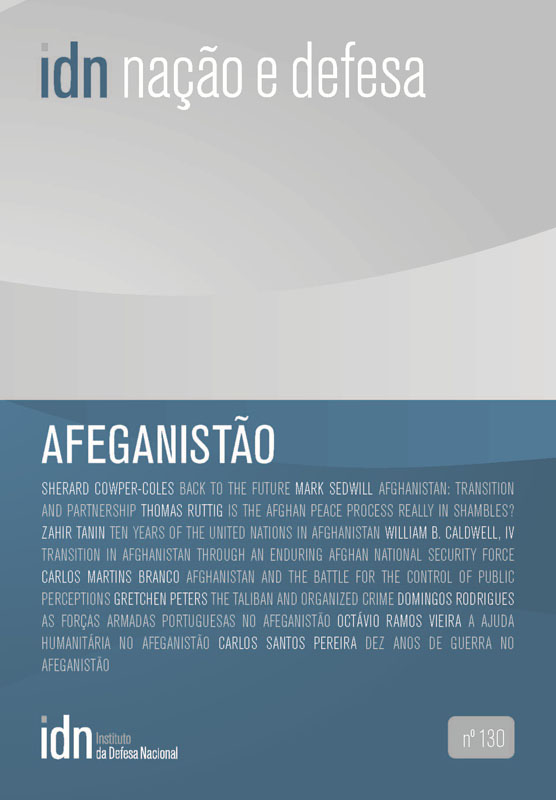Ten Years of the United Nations in Afghanistan
A Closer Look at Recent History and a Glimpse into what Lies Ahead
Resumo
Since the original vision for the United Nations (UN) work in Afghanistan was laid out in the 2001 Bonn Conference, its role has undergone a number of transformations. Over the last decade, Afghanistan has faced a complex array of challenges in the realms of security, development and governance. The United Nations Assistance Mission in Afghanistan (UNAMA) and other UN entities working in the country have had the difficult task of adjusting to the changing situation on the ground, which has been reflected in the annual renewals of UNAMA’s mandate through UN Security Council Resolutions. With the transition process now underway, the role of the international community and its assistance in Afghanistan will undergo massive changes, towards a larger emphasis on international civilian input. Undoubtedly, in the current transition to Afghan leadership and ownership, the UN will play an important support role not only through 2014 but in the following years. While Afghanistan remains one of the UN’s key engagements, a debate has begun among the Afghan leadership and international donors about the commitment, role, and structure of the work of the UN during transition and the post ‑transition period. Any projections about the future role of the UN in Afghanistan should focus on three overarching issues: reflecting the medium and long term goals of the country; a clear action ‑oriented timeline for transitioning the lead role for development activities and coordination to the Government; and improved management through applying the “One UN” concept for streamlining UN activities.


